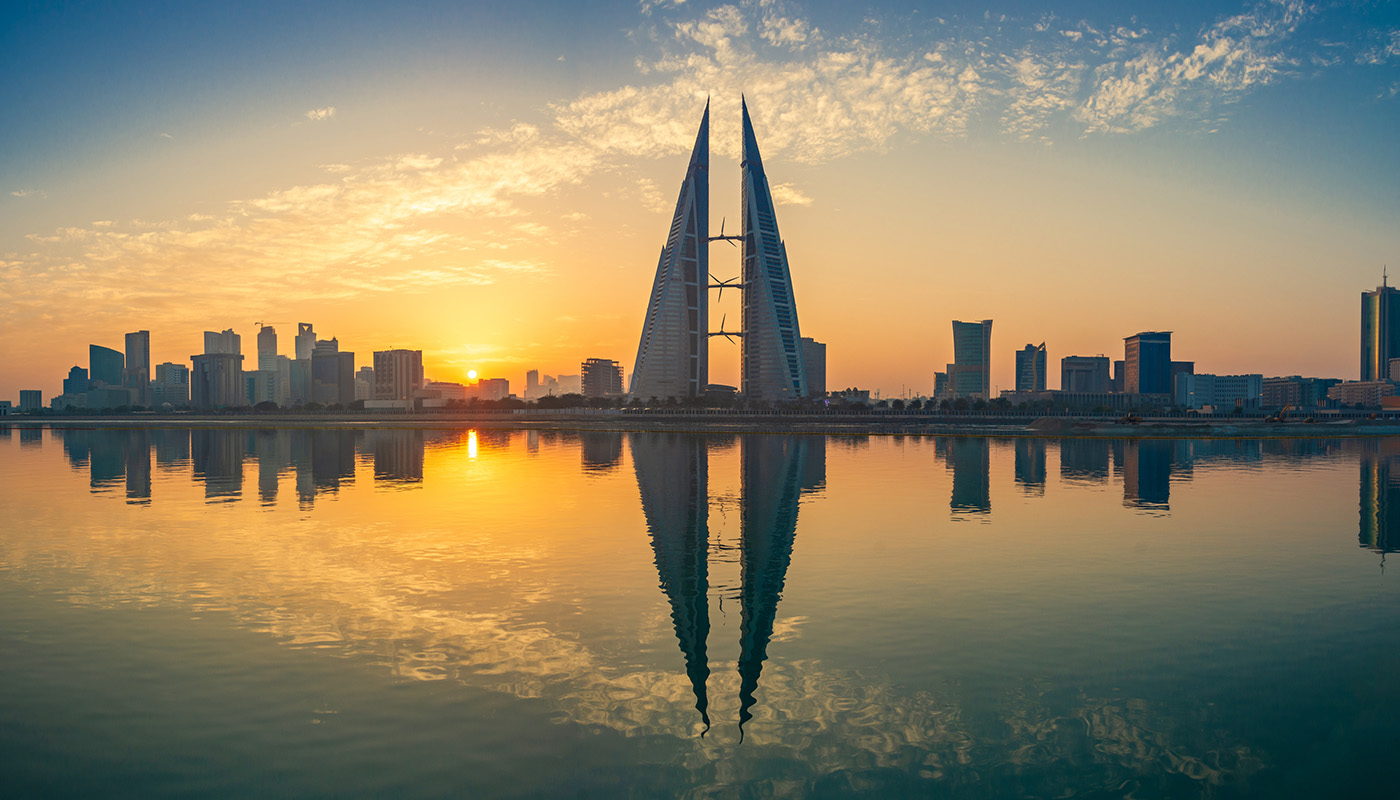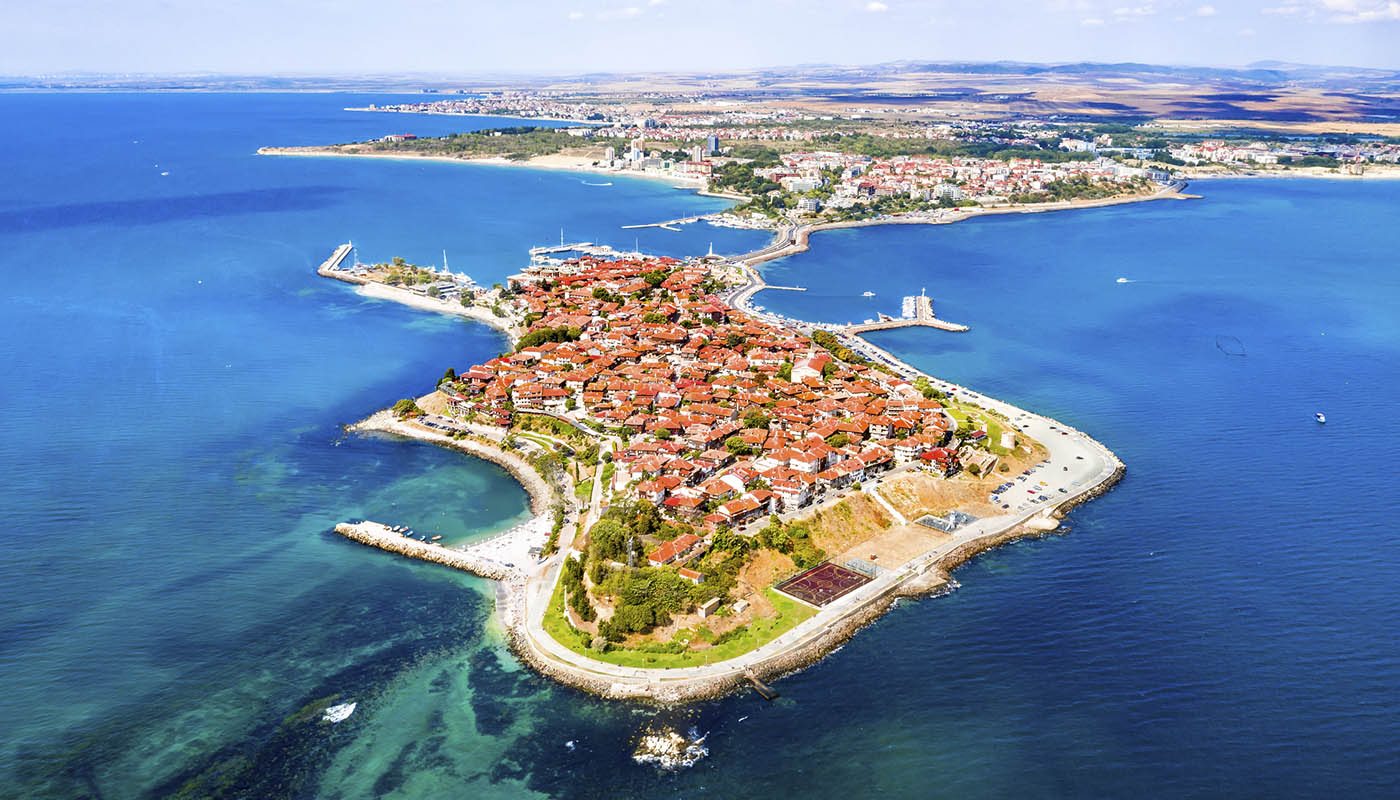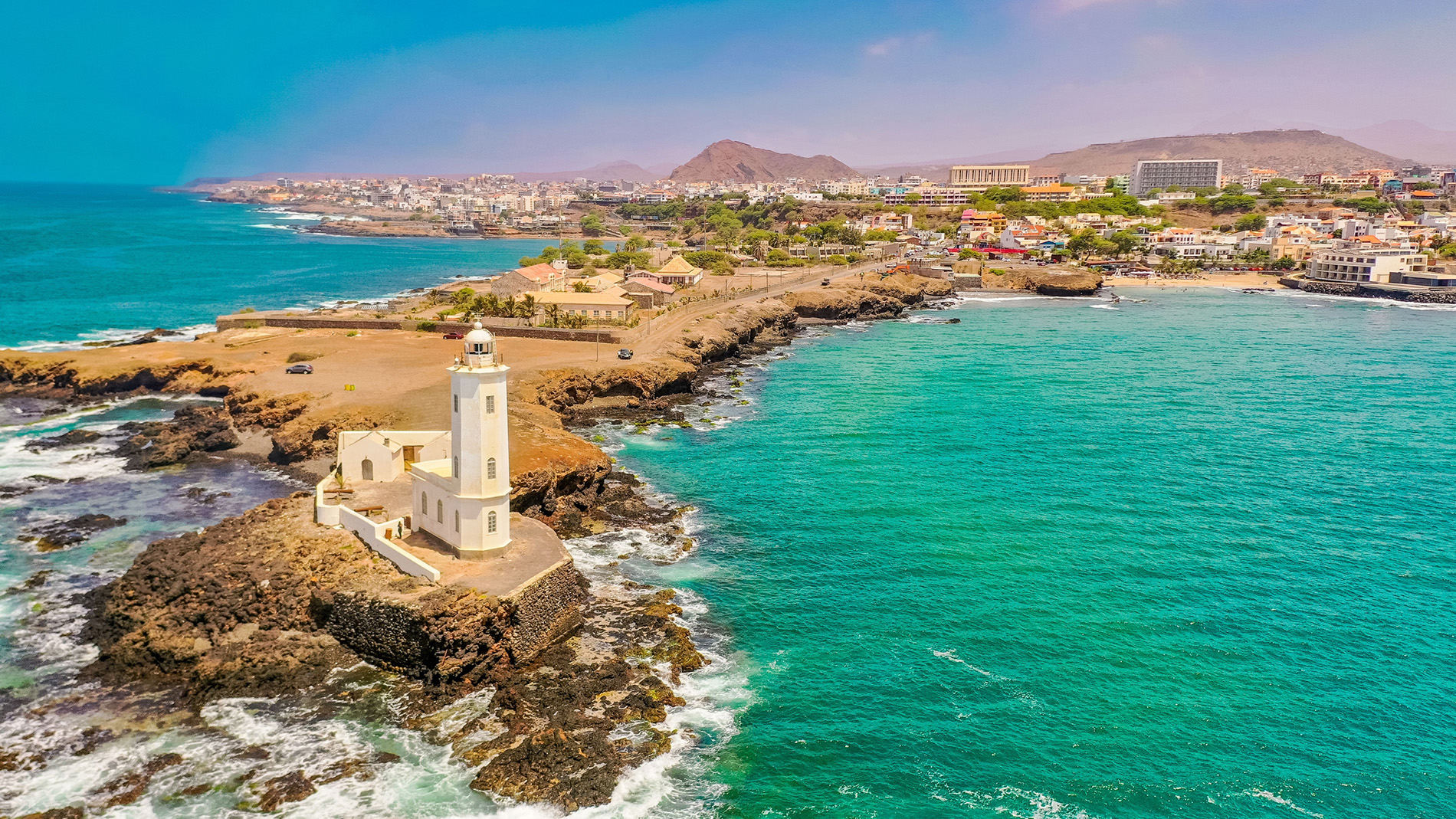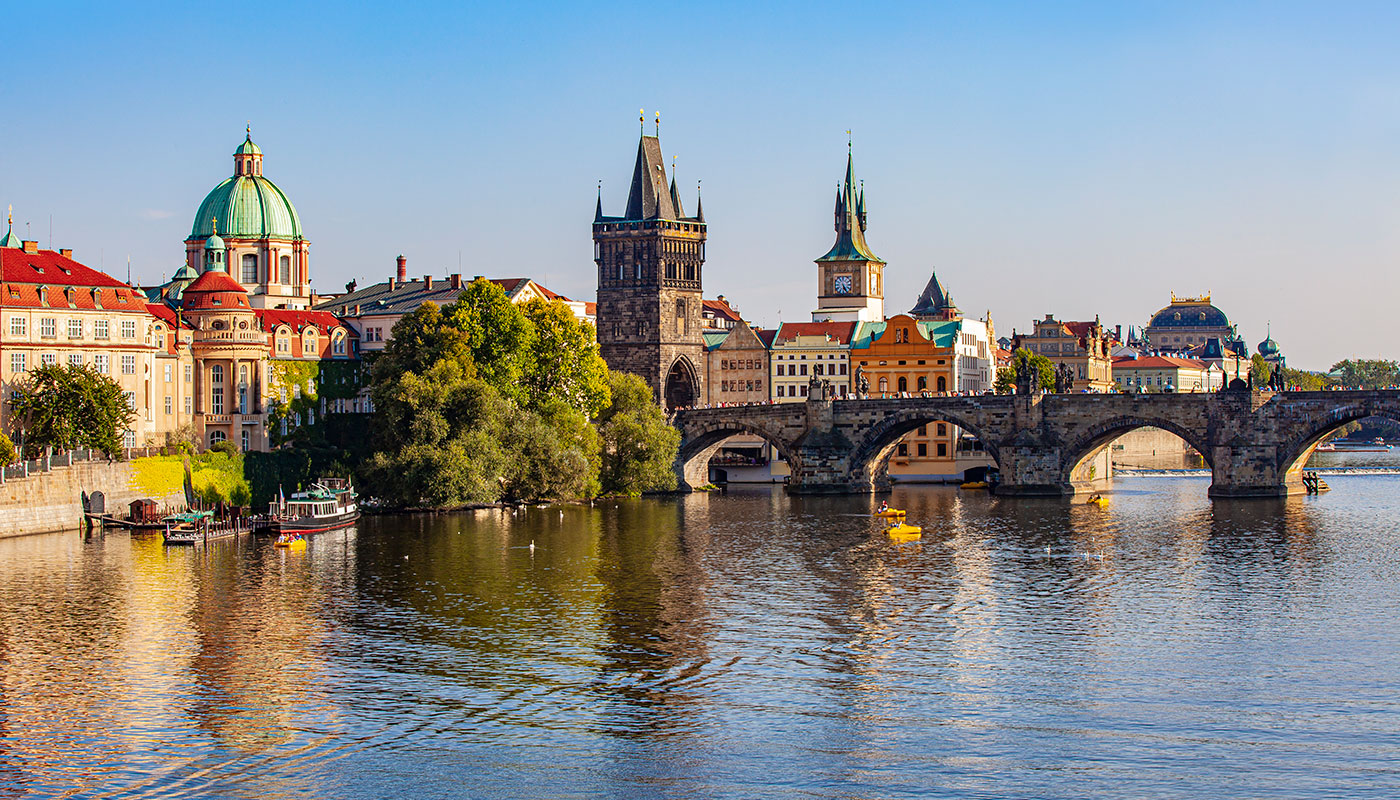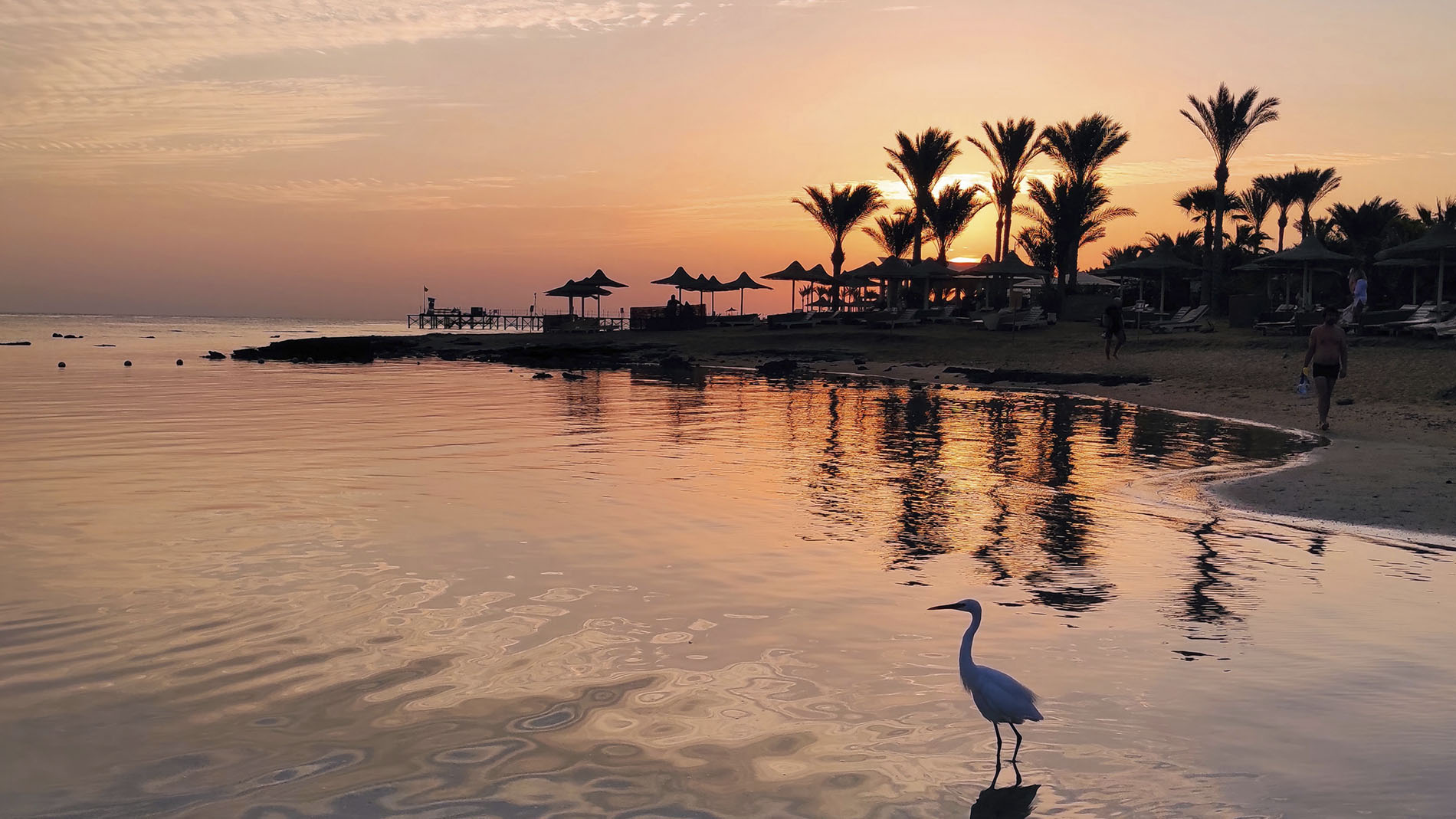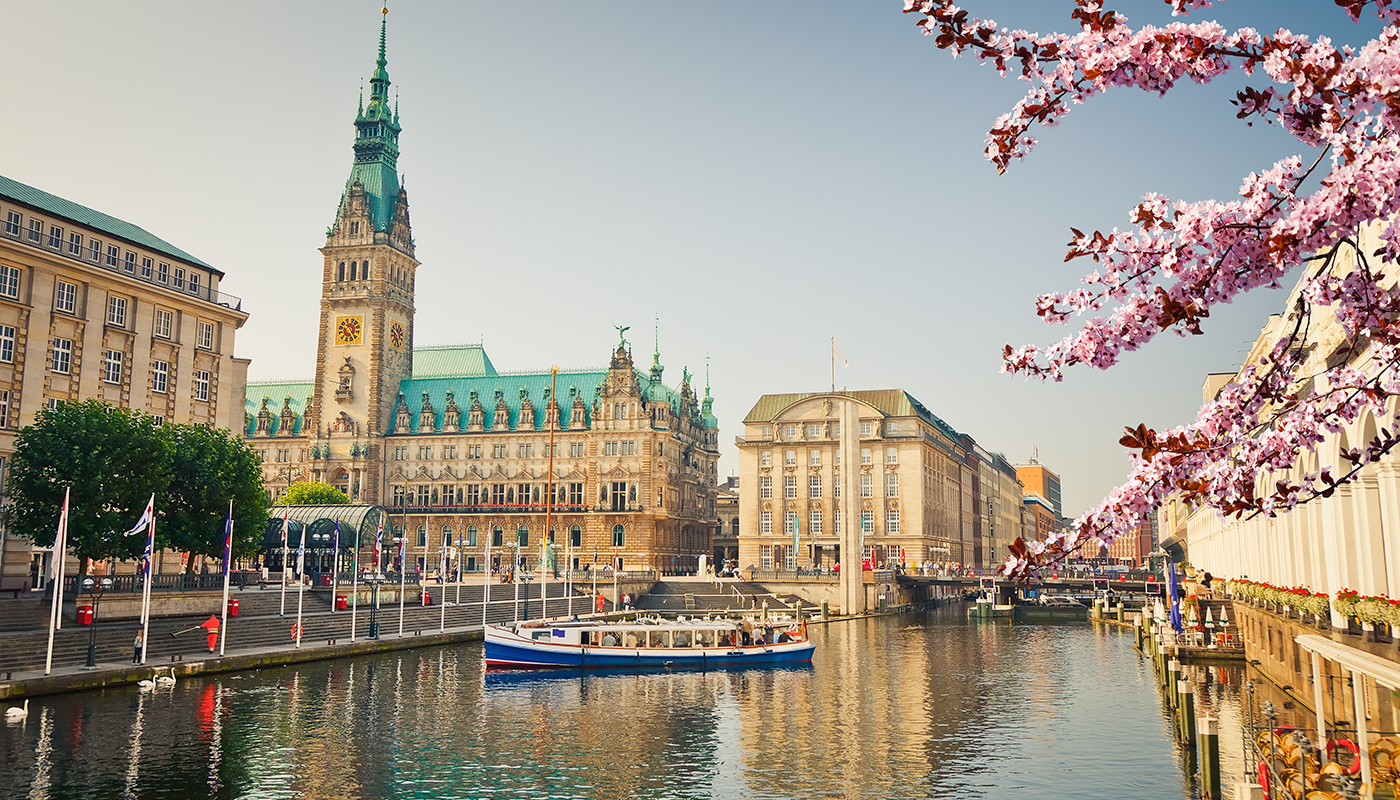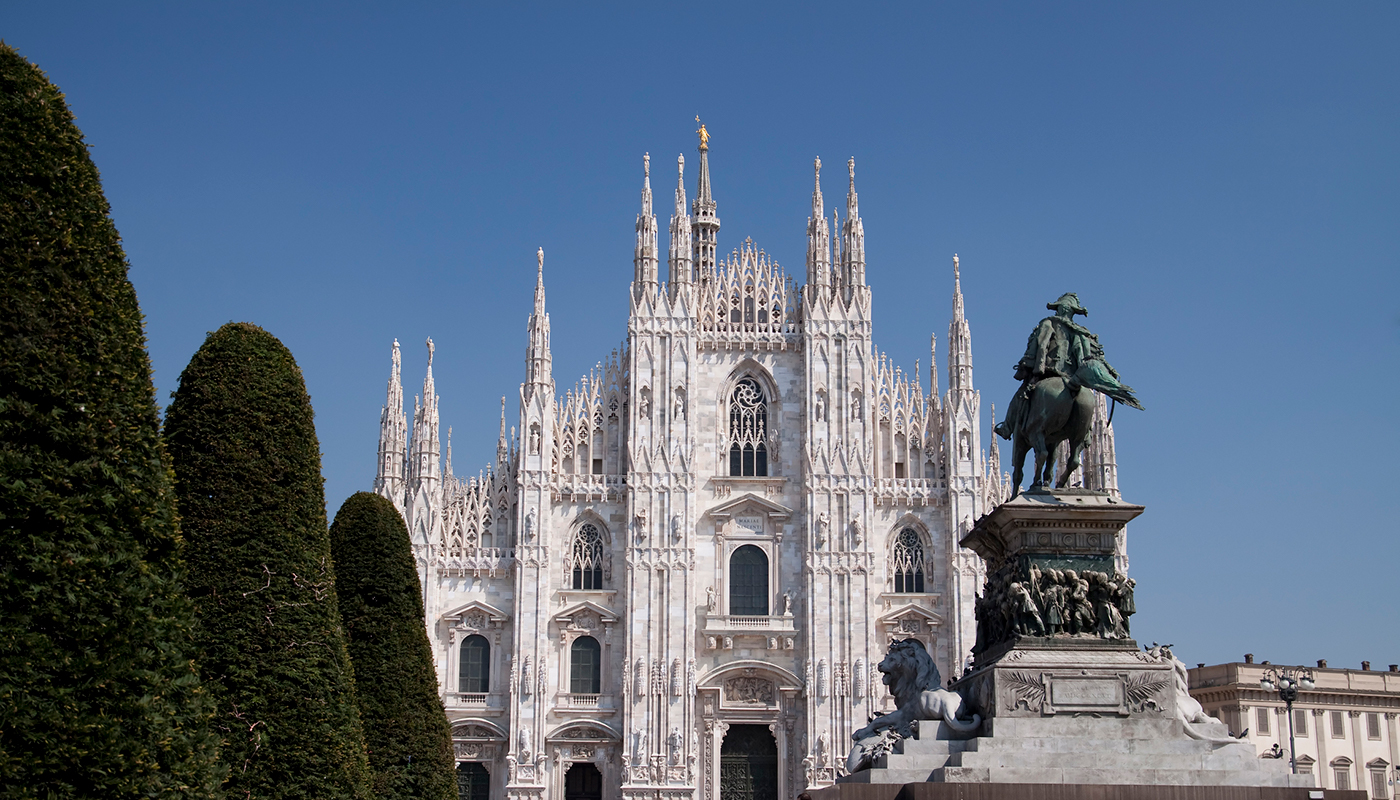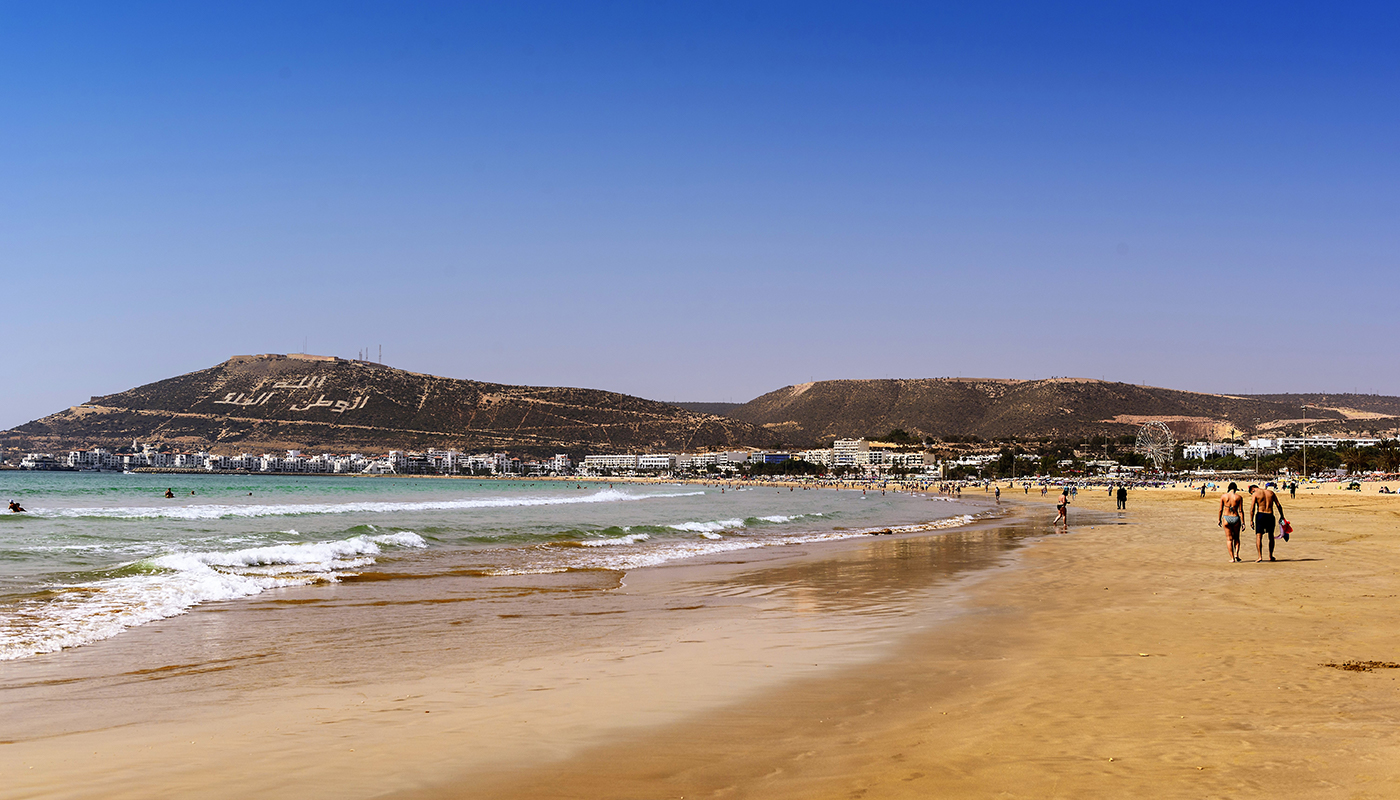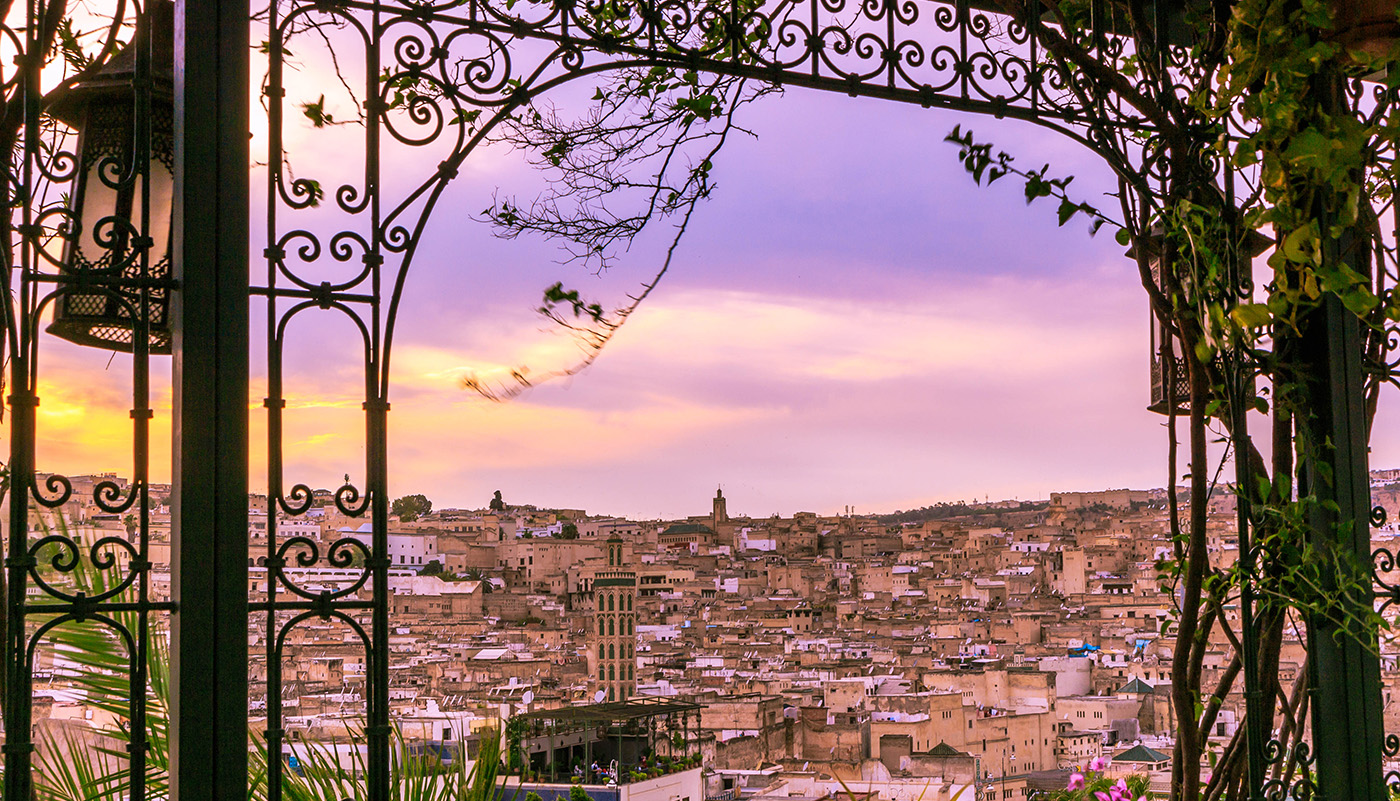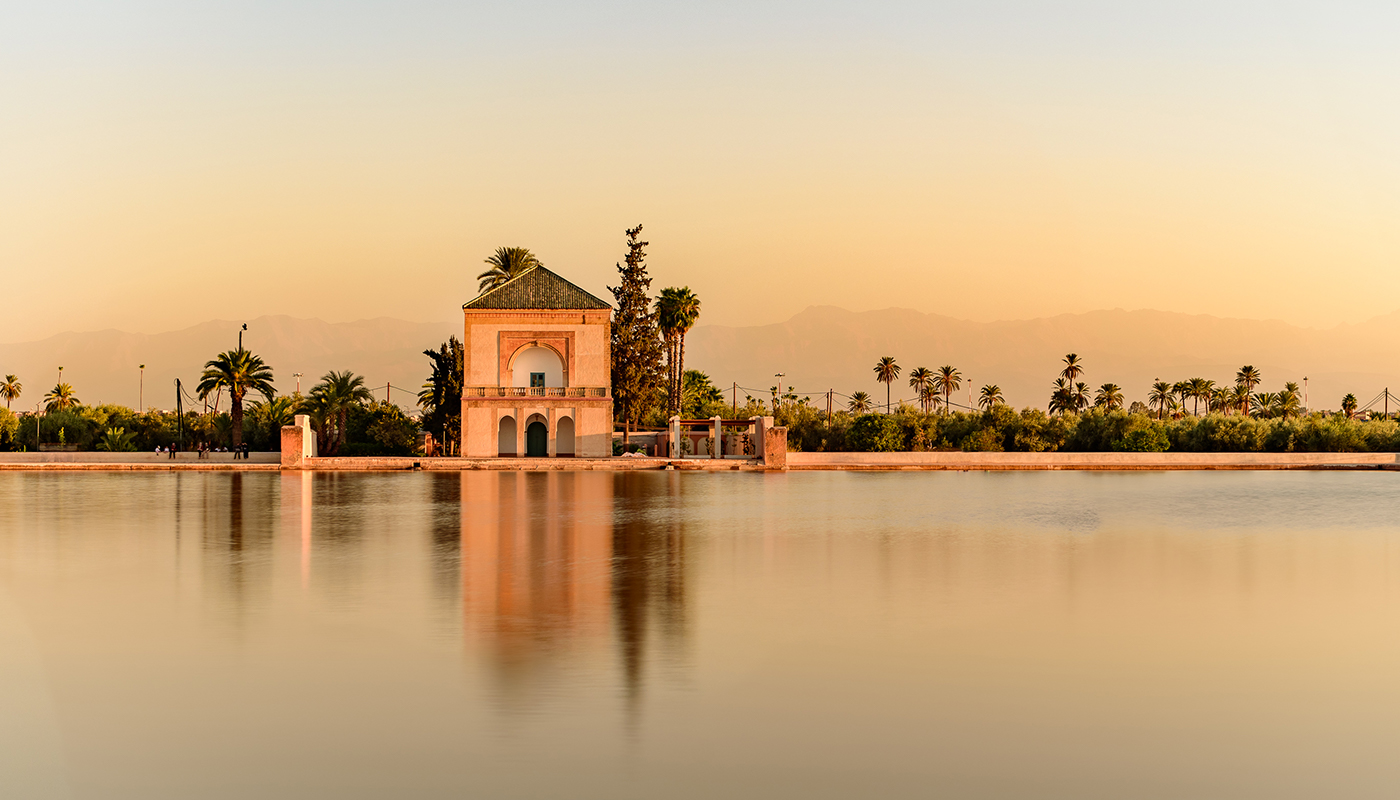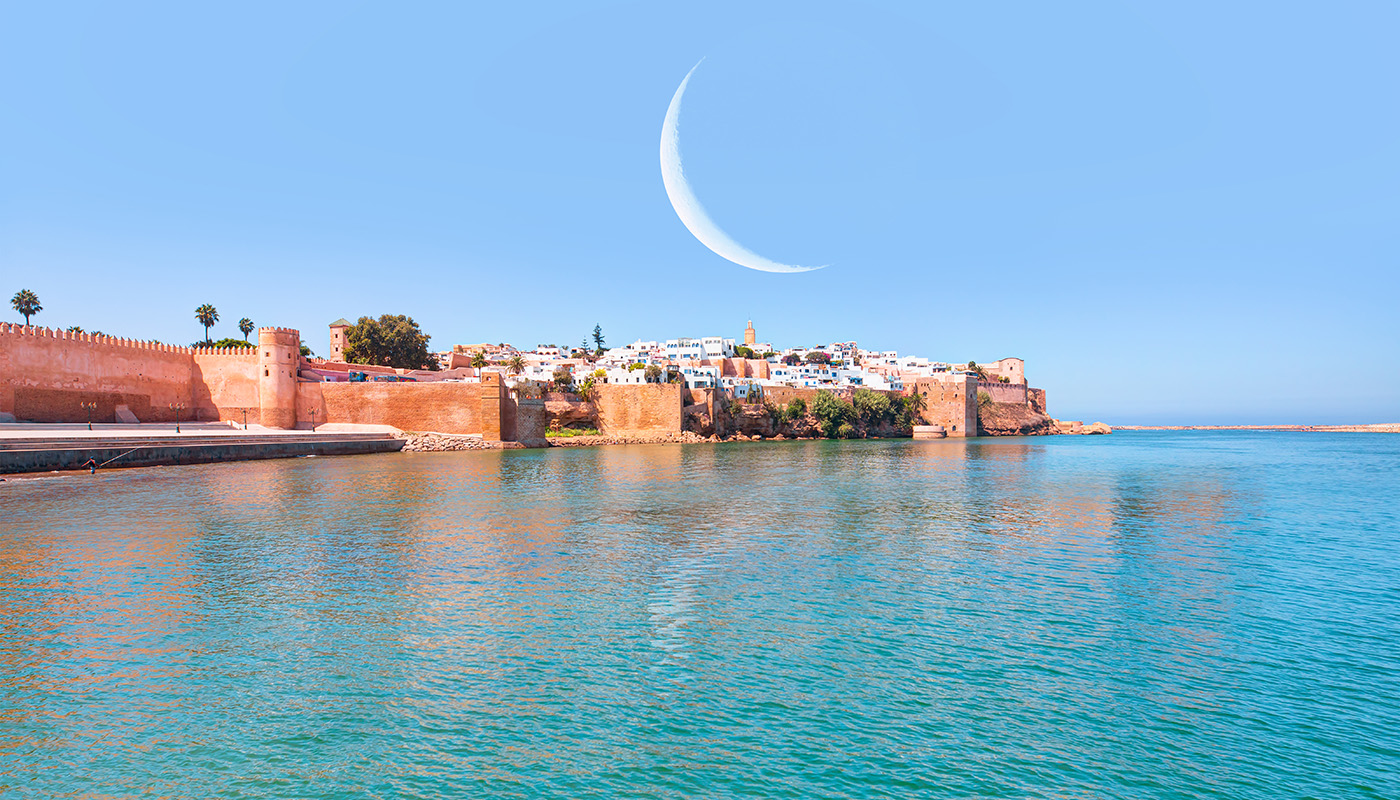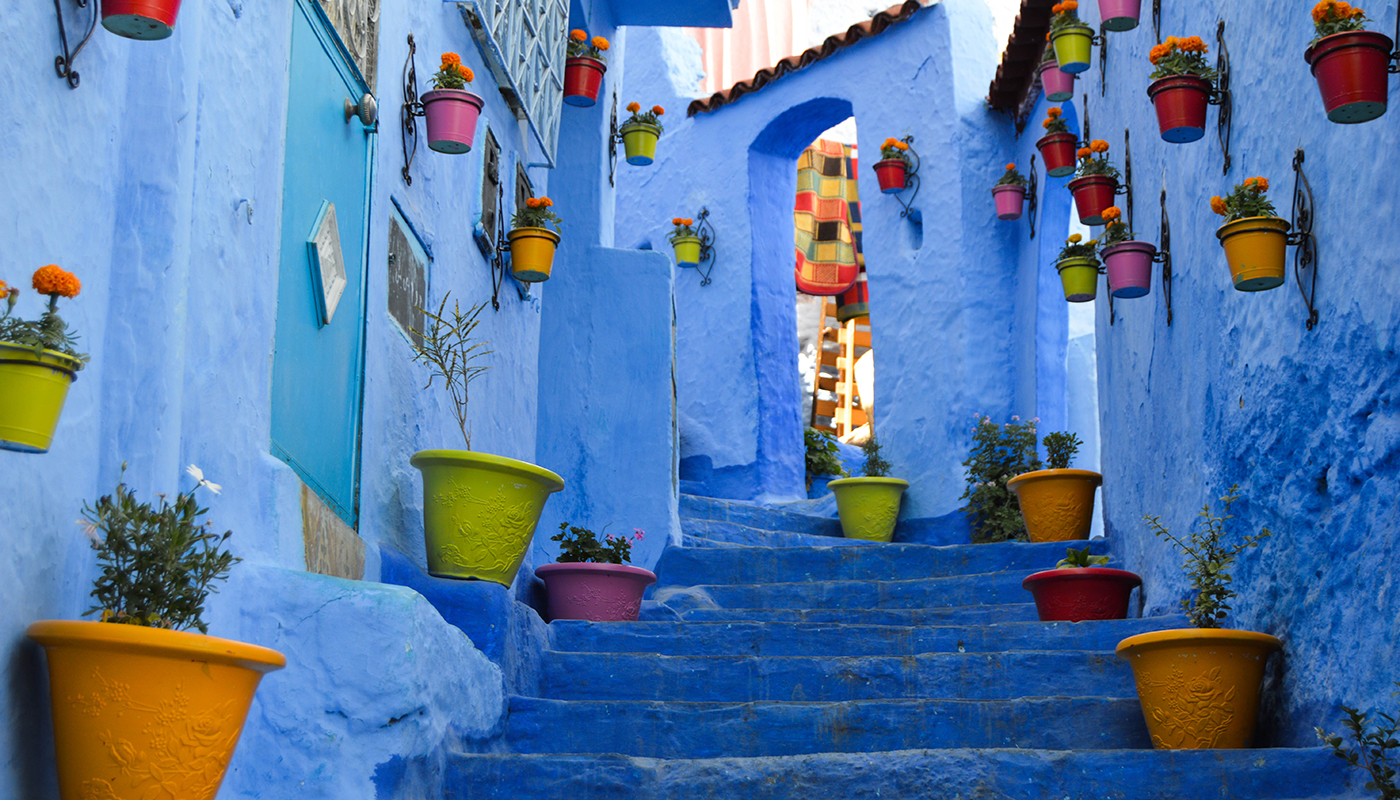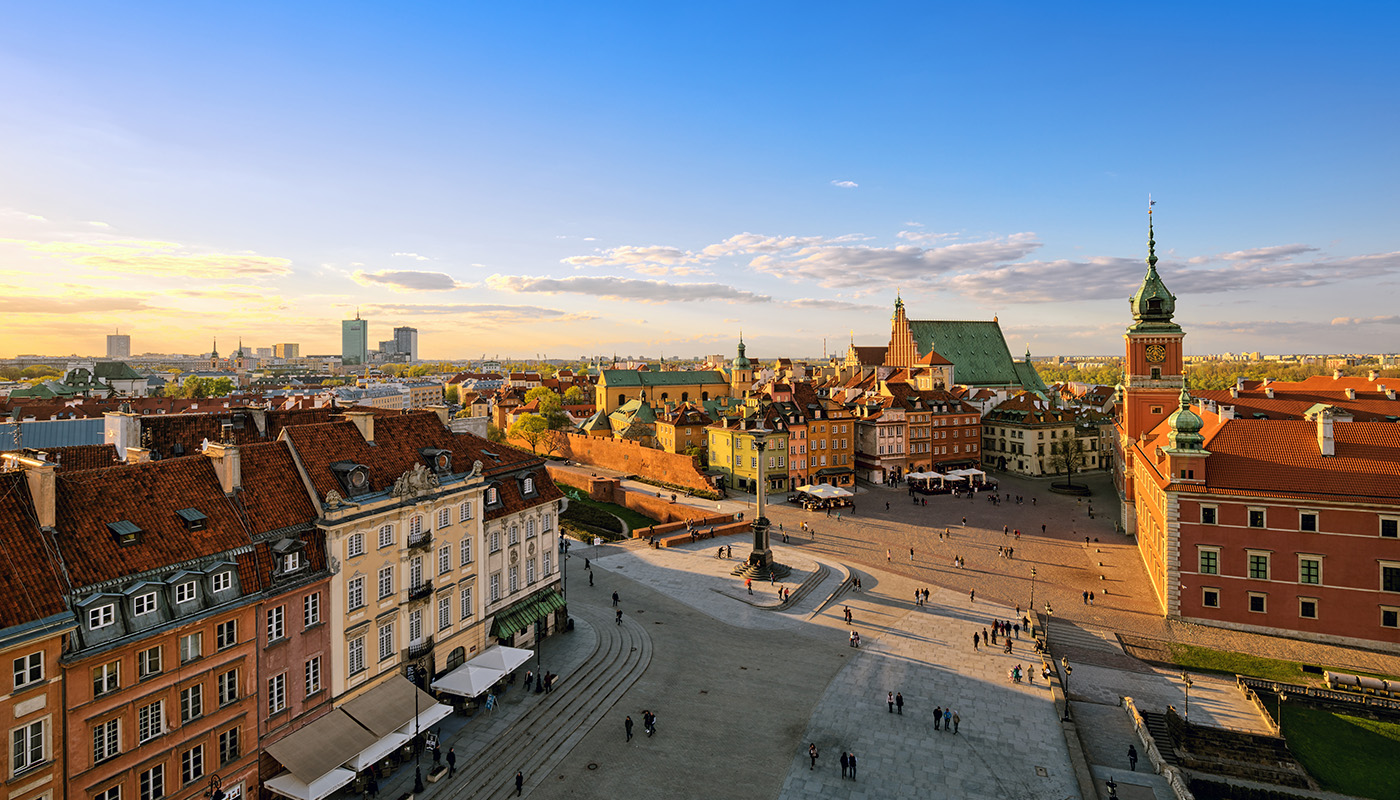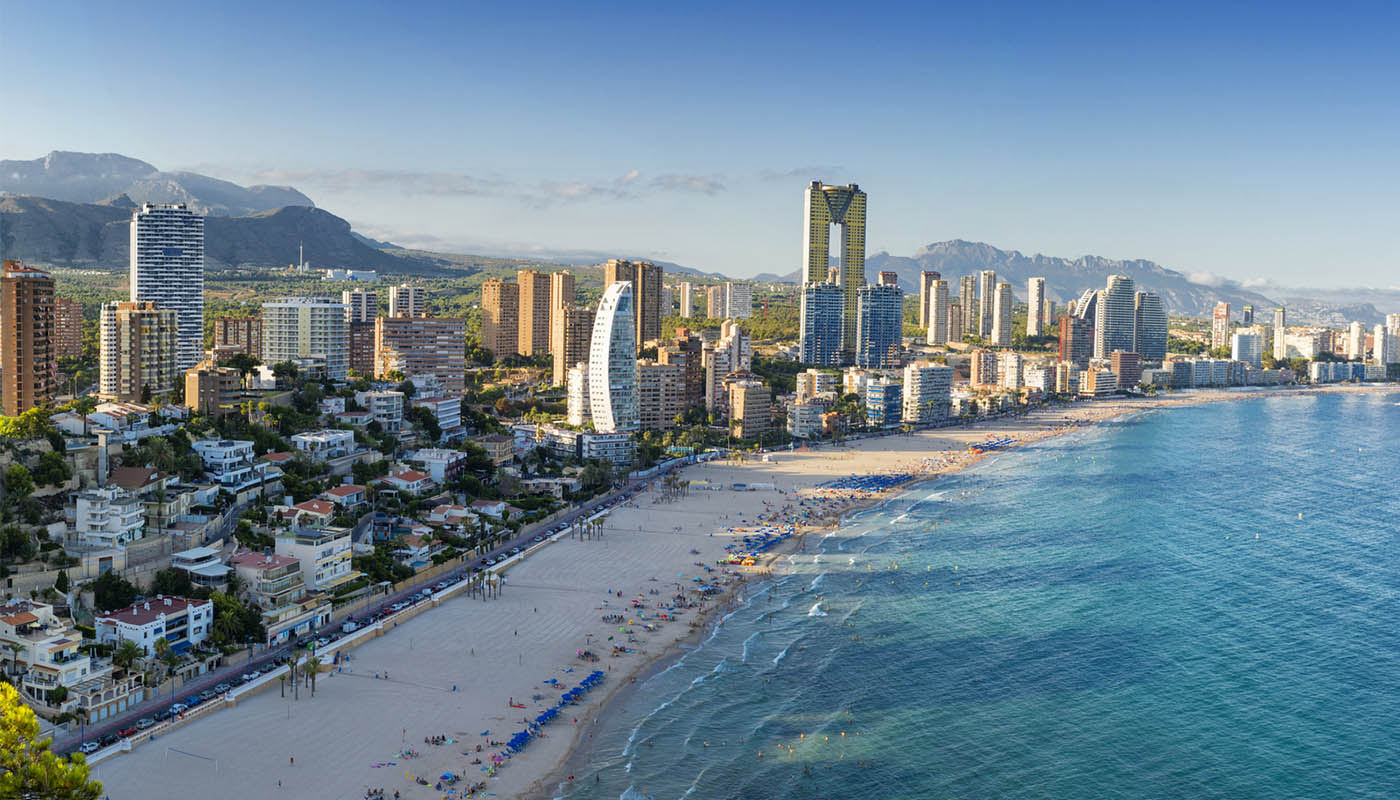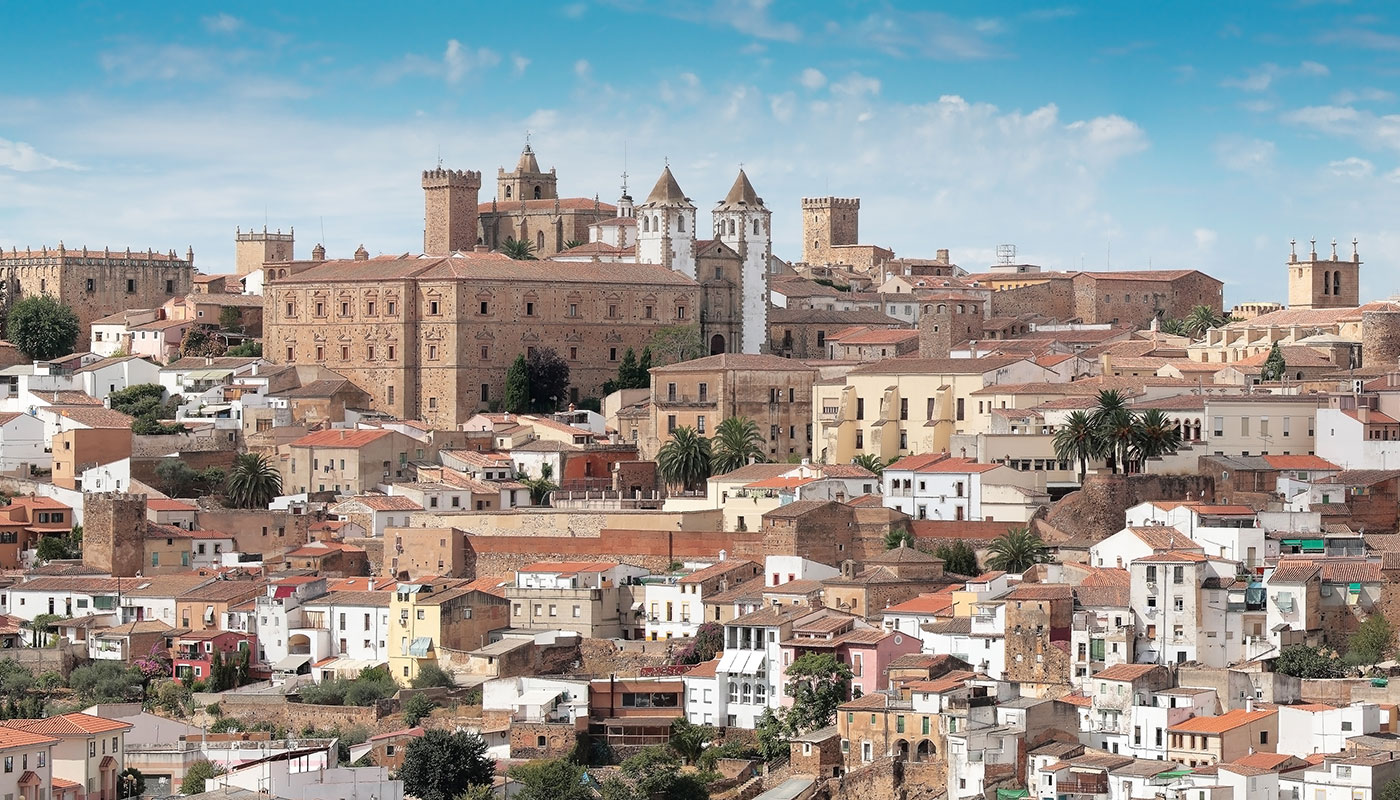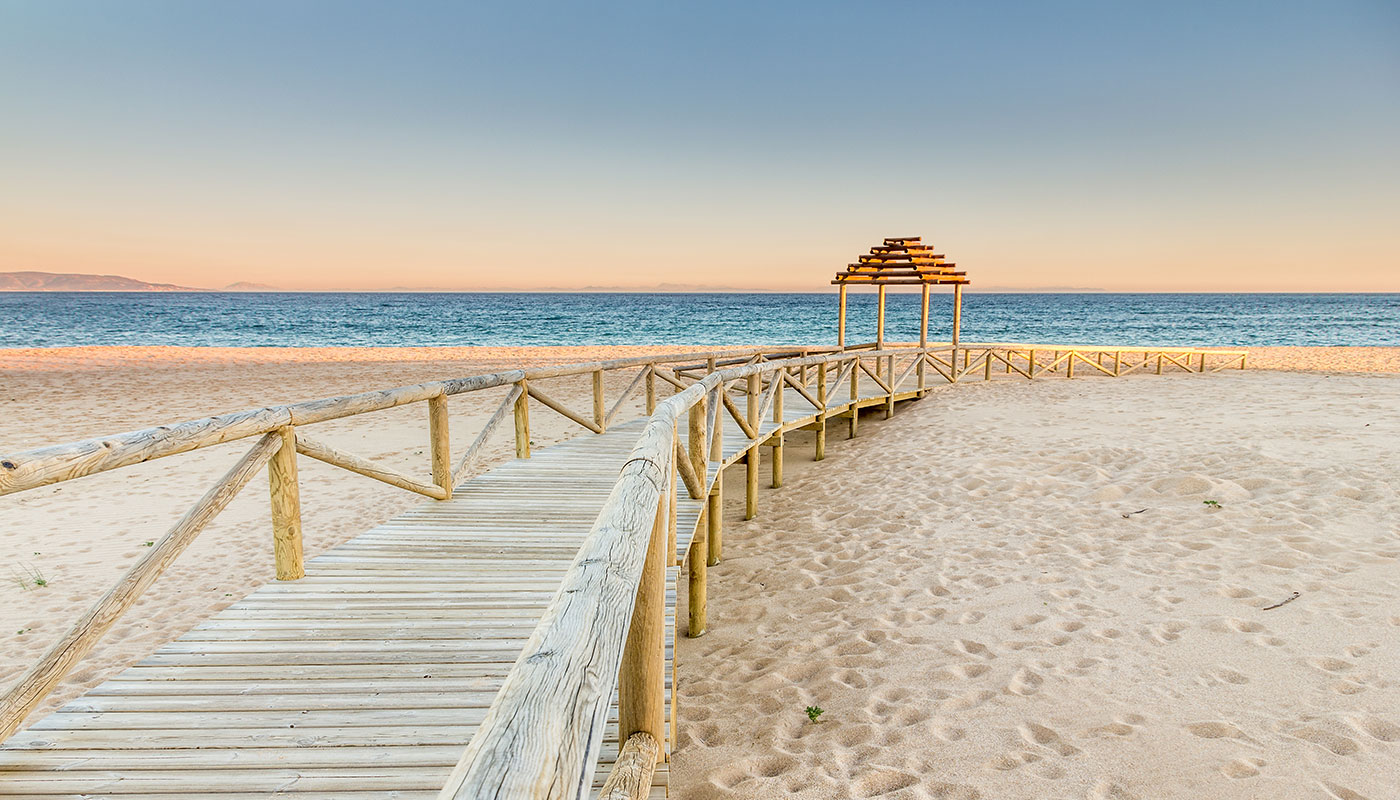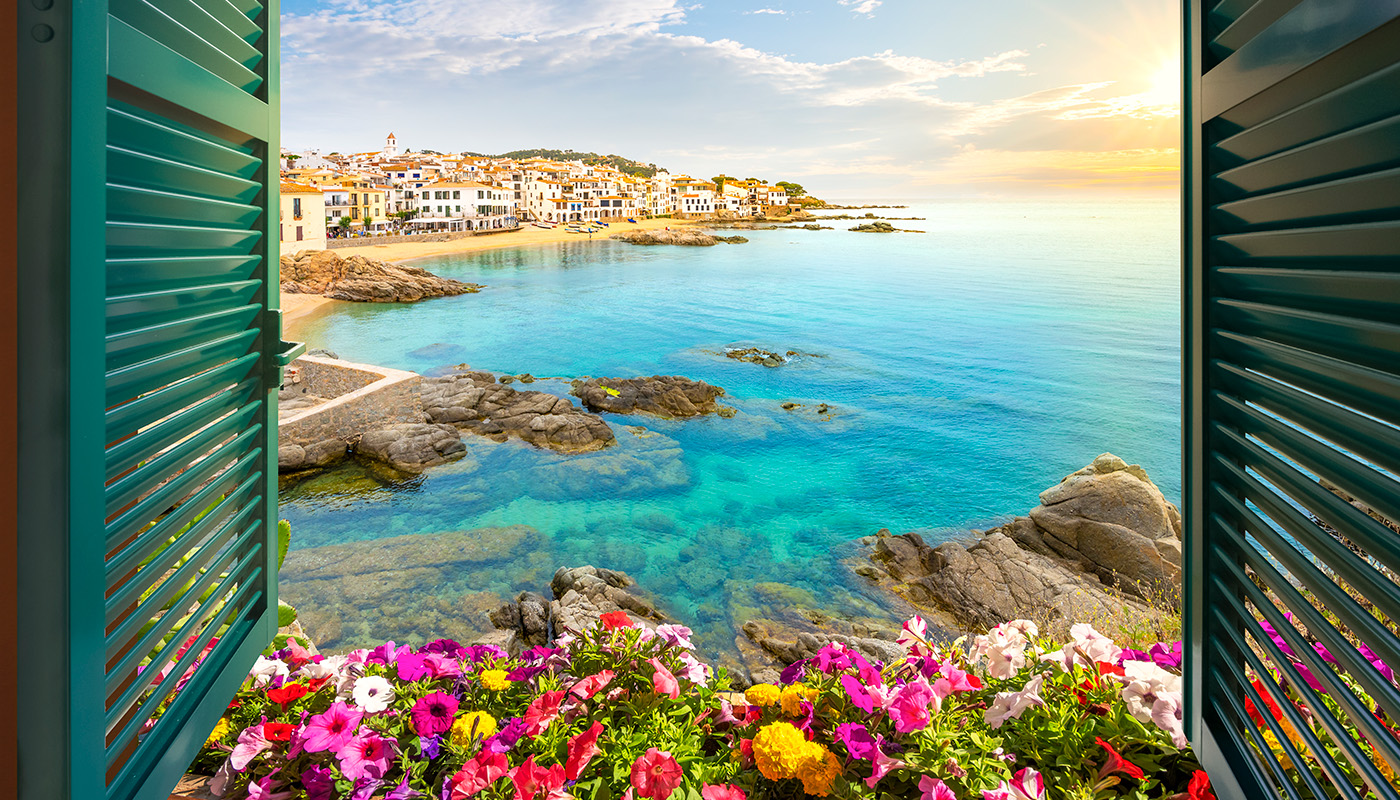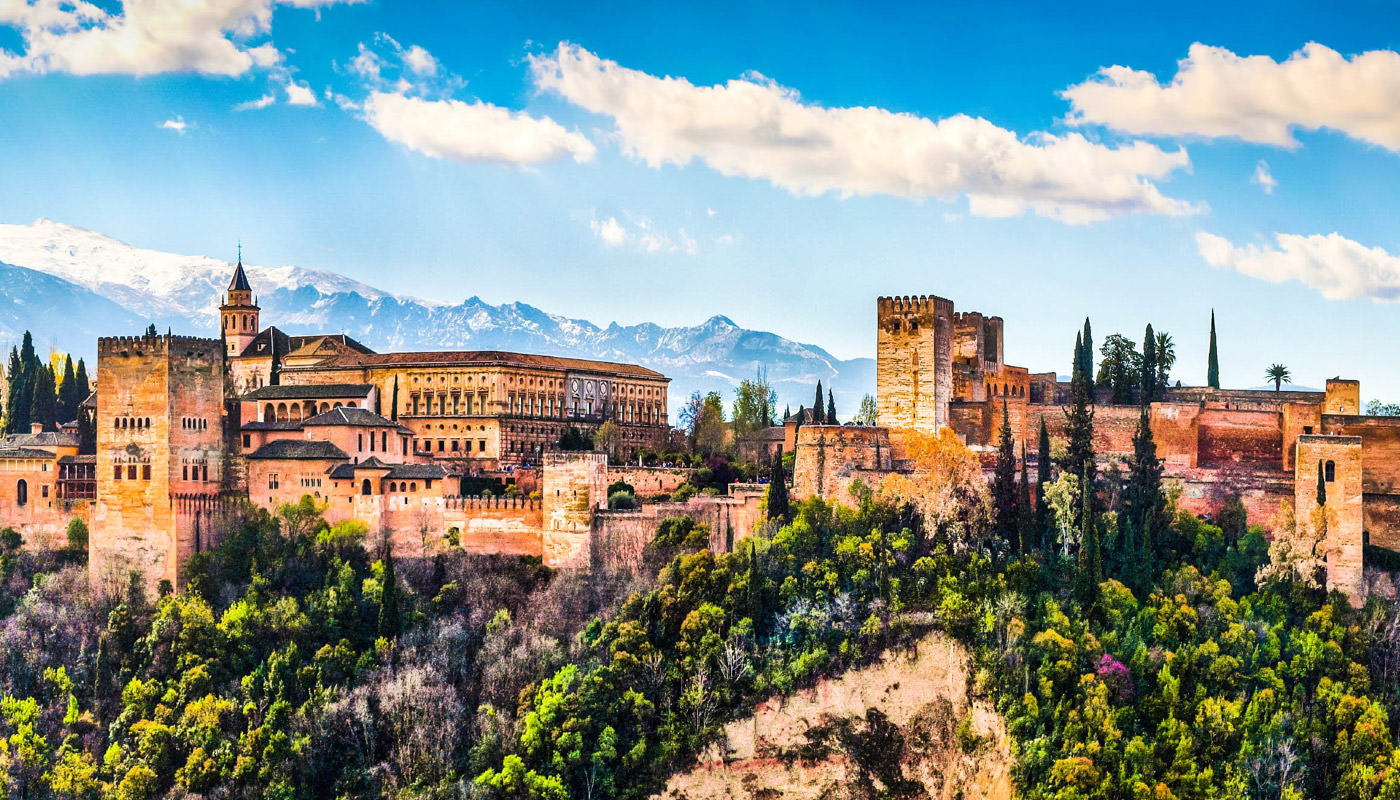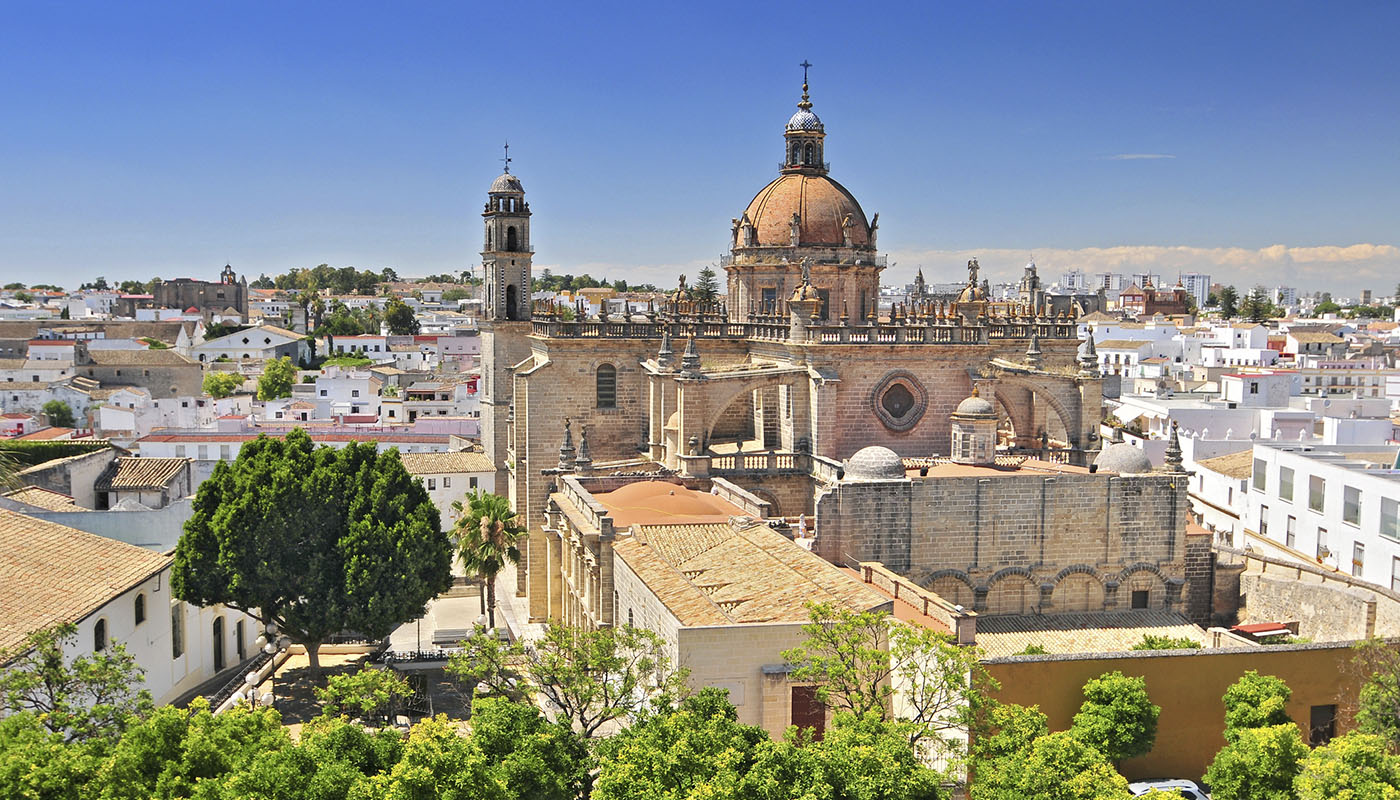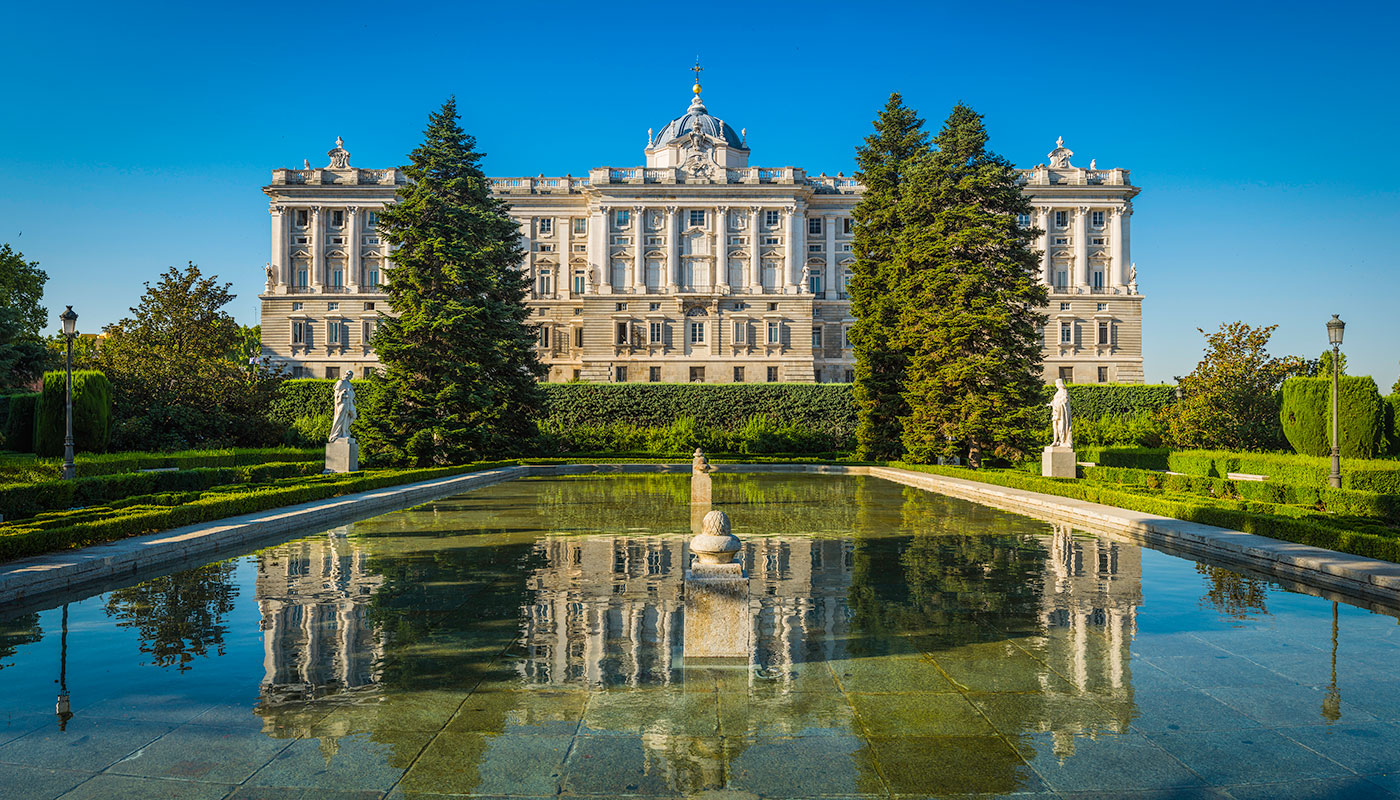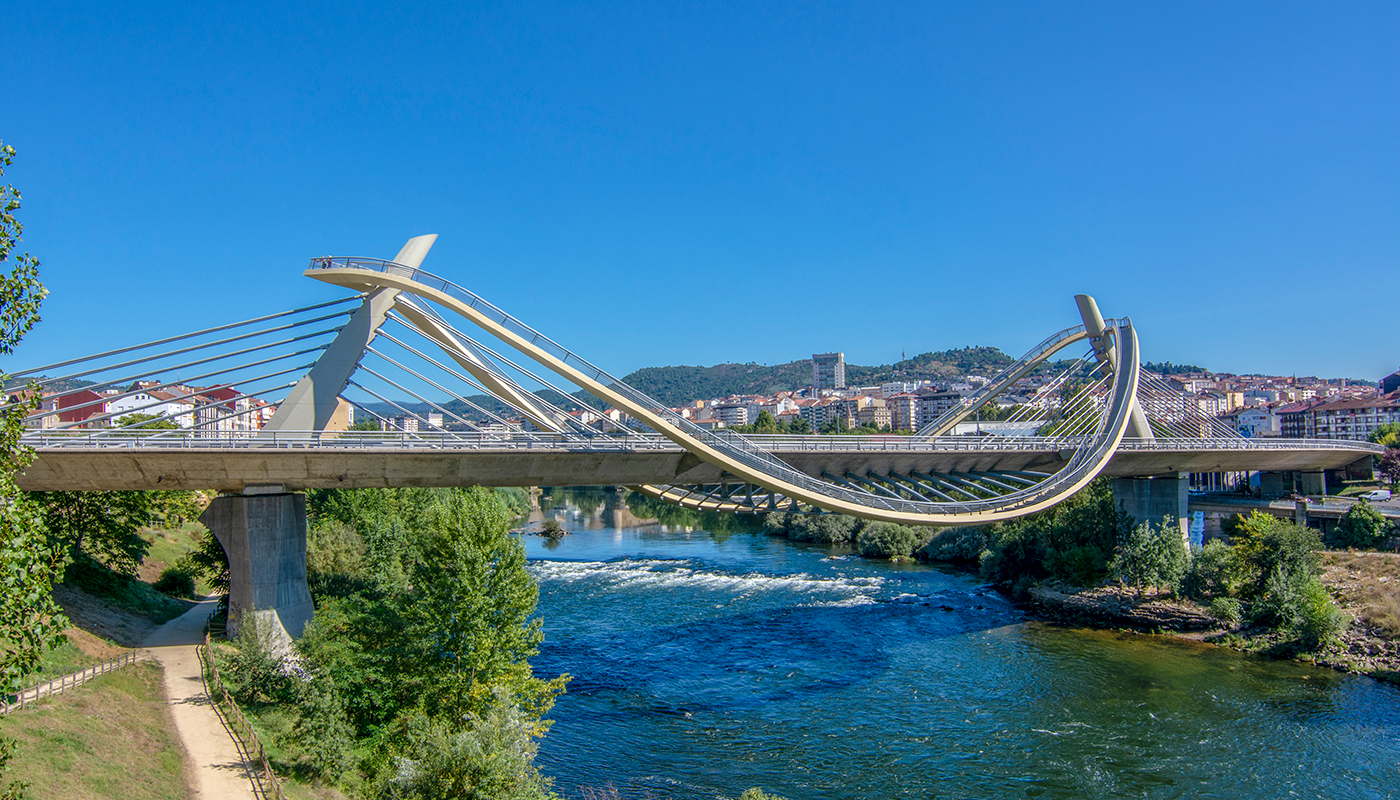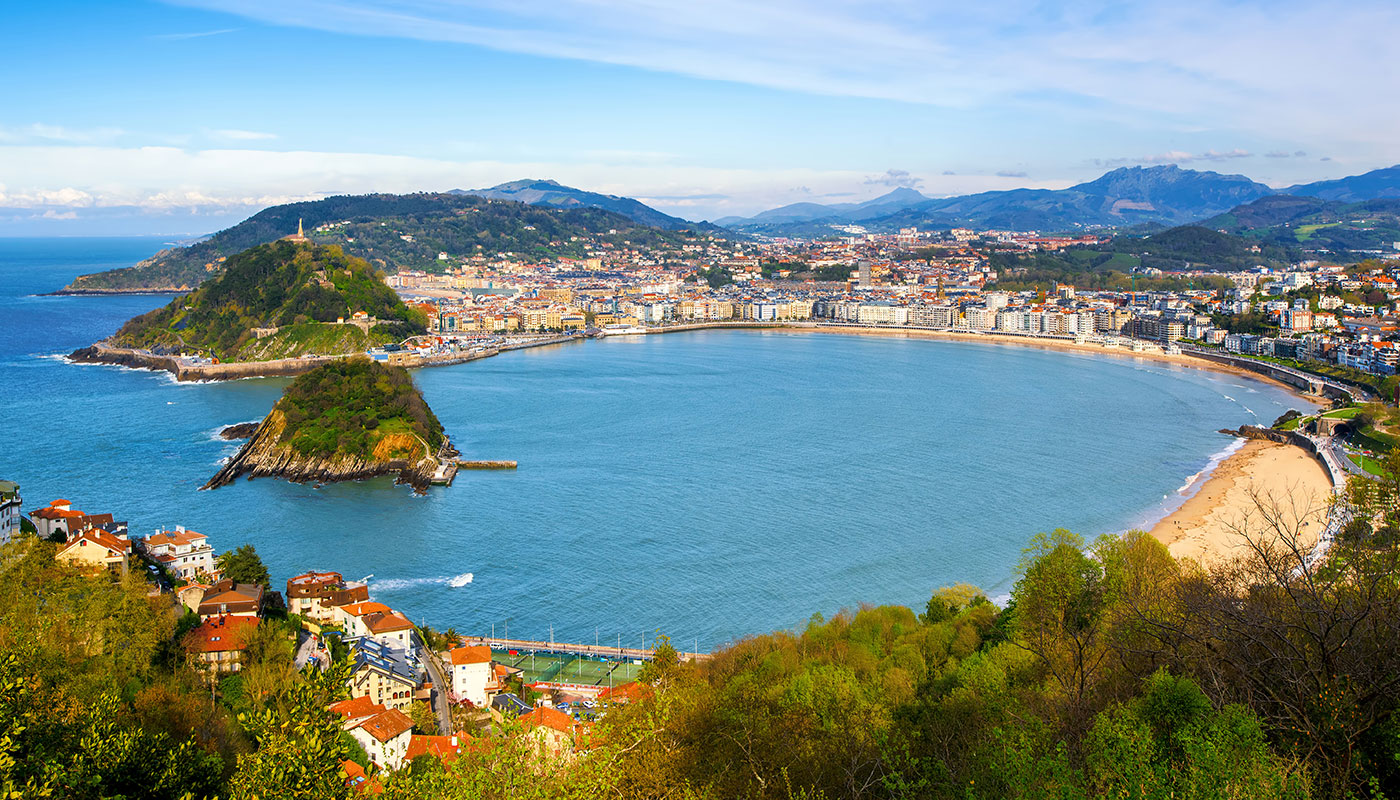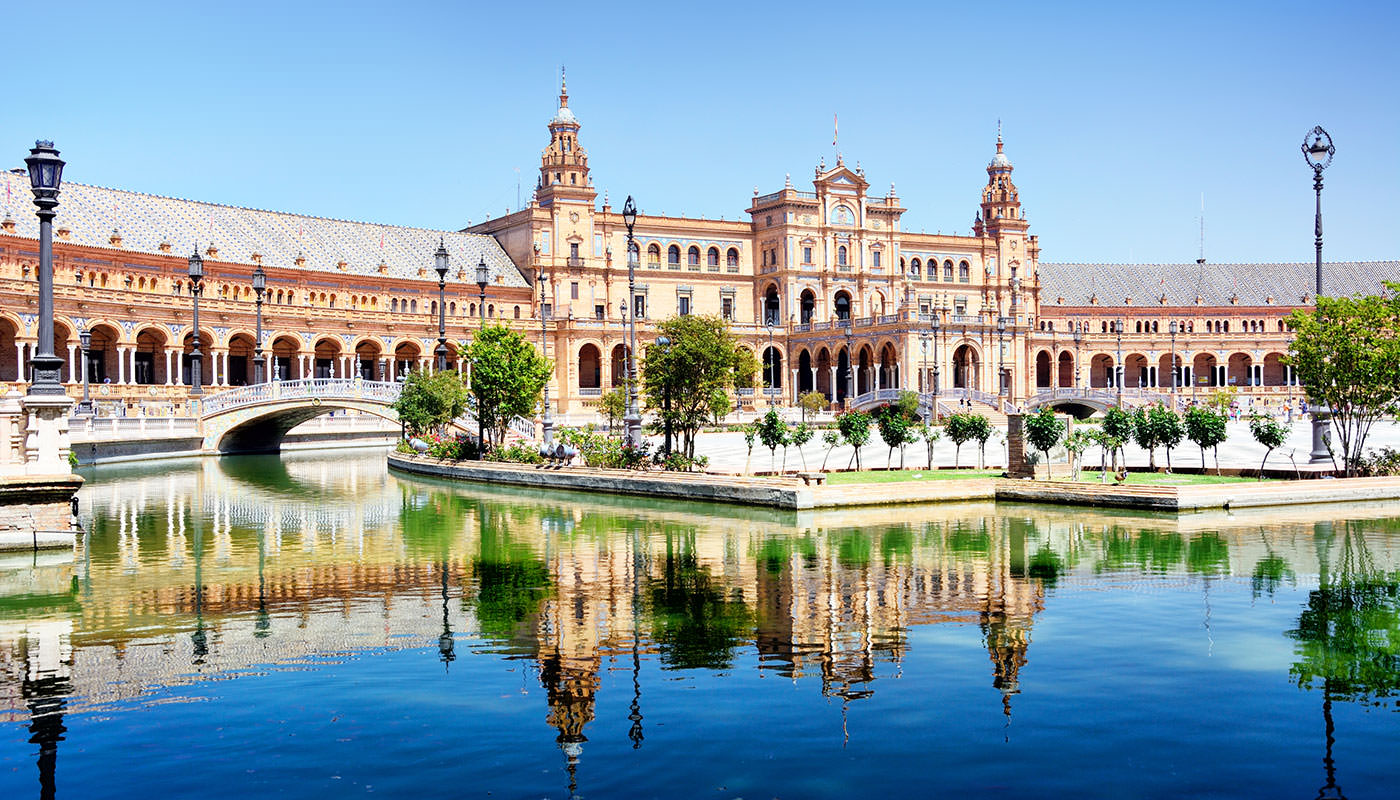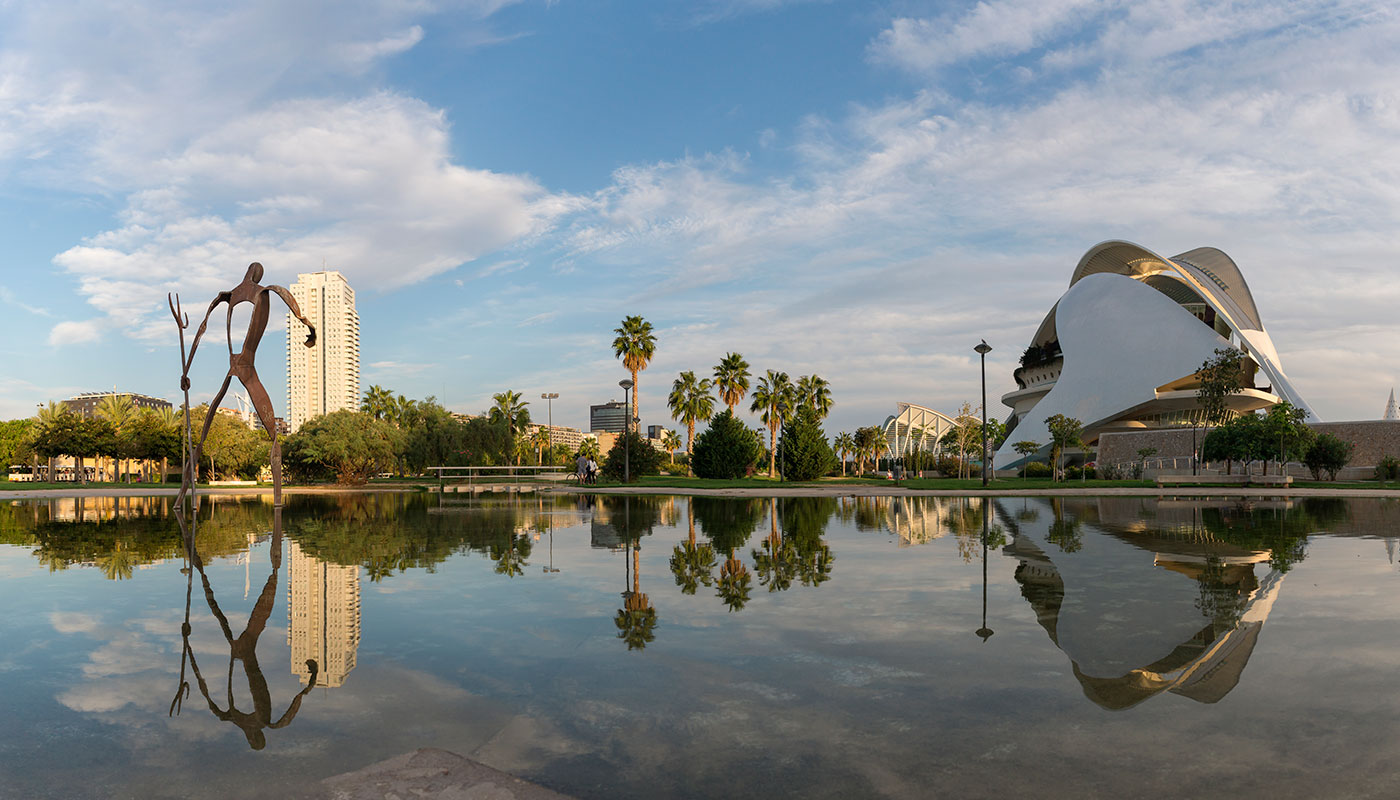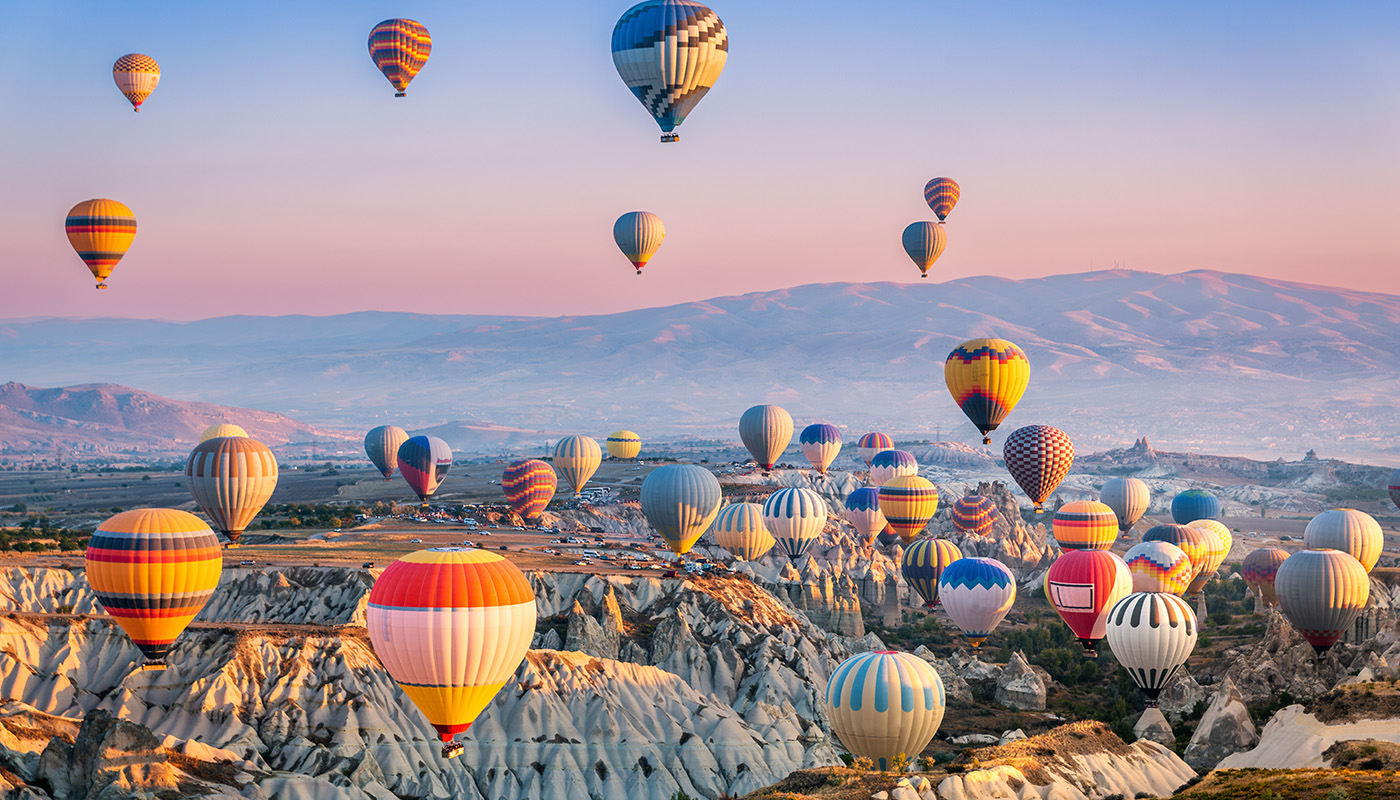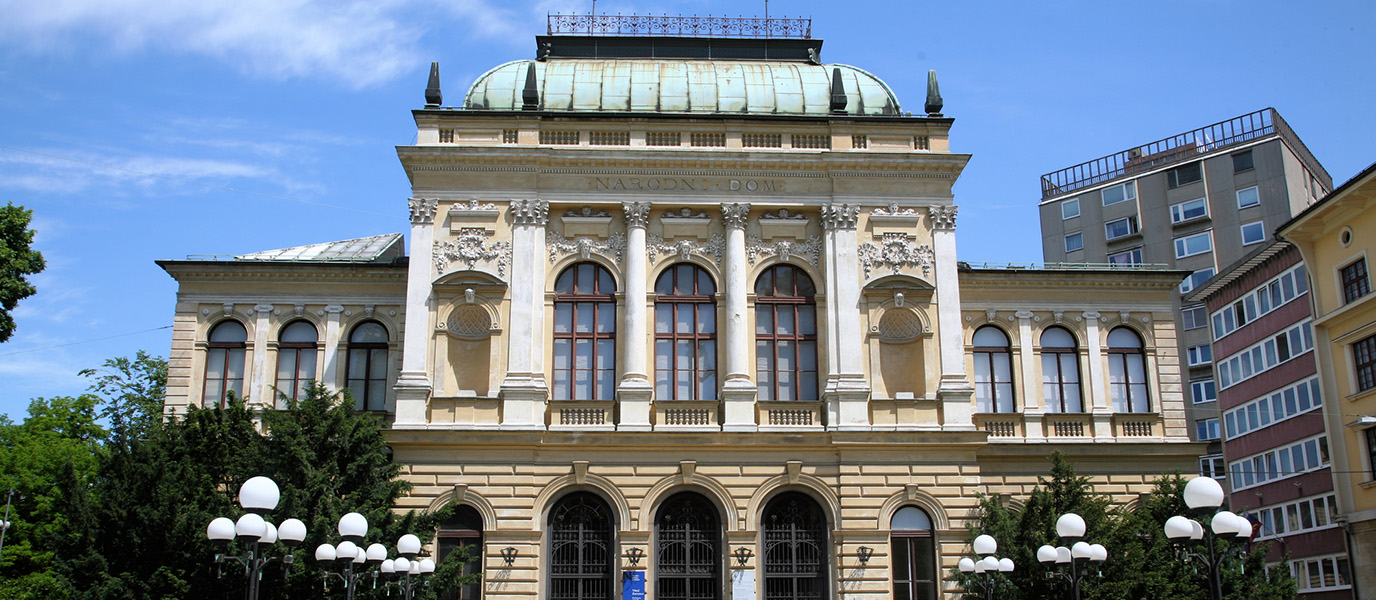Slovenia’s capital has successfully transformed old barrack buildings into a new area called the museum quarter. This is Metelkova Mestos, the streets where the stately National Museum of Slovenia stands, just a few metres away from alternative culture galleries, graffiti and cafés with a totally different style from those in the city centre. Of all the city’s cultural offers, we cannot afford to miss these seven establishments.
The National Museum of Slovenia, the country’s oldest museum
Housed within a fabulous Renaissance edifice dating from the late nineteenth century, we can see among its majestic staircases some of the oldest objects that tell the story of a Slovenia that was cultured and rich in myths and legends.
It is worth a visit if only to see the building itself, but in this museum we can also see the world’s oldest musical instrument, a sixty-thousand-year-old Neandertal flute. Also to be found here are the famous Vače, a superbly preserved vessel dating from the fifth century B.C. and, of even greater spiritual significance, the Breverl talisman with its magic prayers that are an important part of the country’s mythology.
The House of Illusions: science transformed into magic
This is one of Ljubljana’s most popular attractions, particularly with families, as it is a fun way of understanding the workings of science and optical illusions. One of the most fascinating installations is the Ames Room, where you can see how you would look if you were shorter, taller, or thinner, depending on where you stand. Also very striking are the floating head illusion, which depends on the use of light and shadow, and the vortex tunnel which appears to spin as you walk through it.
The Ethnographic Museum of Slovenia, where history lives on
Housed in an old barracks inside the Metelkova complex is one of Ljubljana’s most interesting museums, which tracks down objects, words and traditions that have been lost but that have left a mark on the Slovenian character.
In two permanent and a few temporary exhibitions, this establishment displays objects that give an insight into the culture of the earliest inhabitants of these Eastern European lands.
In addition, this museum holds fascinating workshops where you can learn weaving, pottery making or painting on ceramics, following Slovenia’s most deeply rooted traditions. And don’t leave without dropping into its famous SEM café, which is also very popular with Ljubljana’s residents.
The Modern Art Museum, a treasure both inside and out
This gallery is housed in a 1930s building designed by the architect Edvard Ravnikar, a disciple of the renowned Jože Plečnik, who also worked with Le Corbusier.
The museum opened in 1947, and brings together the most important collection of Slovenian and international art from the nineteenth century and the early twentieth century — more modern works have been transferred to another gallery.
As well as paintings, its collections include photographs, sculptures, drawings and even examples of graphic art that lend this museum a very modern feel.
Museum of Contemporary Art Metelkova: the most alternative cutting edge
The famous Museum of Contemporary Art Metelkova +MSUM opened in 2011, bringing together the most important contemporary works by both Slovenian and international artists. Within the walls of this complex located in the well-known Metelkova neighbourhood, you can see the Arteast 2000+ International Collection, featuring neo-avant-garde Eastern European artists including Marina Abramović and Kazimir Malevič.
There are also works by outstanding artists such as Černigoj, Balka, Pedro Cabrita Reis, Anish Kapoor, Debenjak, Irwin and Stupica.
The City Museum and the world’s oldest wheel
The great attraction of this museum is not only what you can see in the exhibition halls, but the fact that you are also walking over the remains of the ancient Roman city of Emona, which is where Ljubljana was founded.
This interesting facility tells the history of the city as linked to its lake, its legends and the ancient palafitic culture. But it also contains fascinating artefacts, including the wooden wheel with the oldest axle in the world dating back over 5,200 years, discovered in a lagoon near the city.
The National Gallery and the famous Robba fountain
This is one of Slovenia’s most elegant museums, both because it is housed in a neo-Renaissance palace, and because of the works of art to be found inside, as it brings together works by Slovenia’s greatest artists from the thirteenth century up to the early twentieth century, including Ivan Grohar and Richard Jakopič.
However, part of the exhibition is devoted to European painting, with works by great Italian artists and paintings ranging from Renaissance to Modernist works.
One of the most curious facts about the Gallery is that it houses the three-river fountain by the famous sculptor Francesco Robba, which was transferred here for conservation purposes from Civic Square in 2006. The views of this important Baroque monument from the National Gallery’s café are most impressive.




